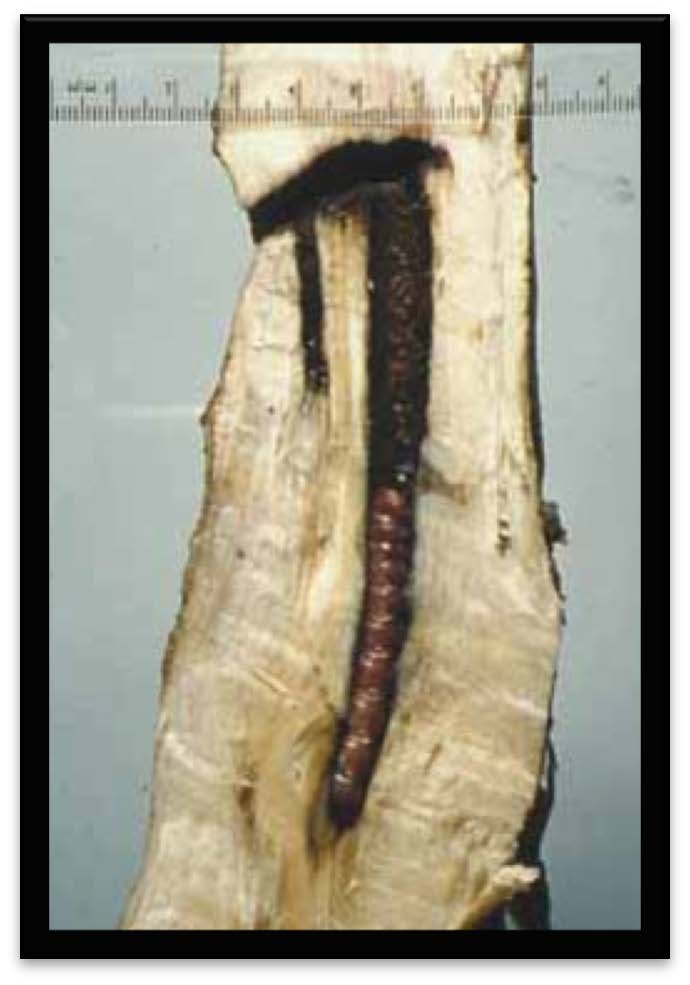Ecology & Evolution Seminar Series 2014-19
Ecology & Evolution Seminar Series 2014-19
Date: 24 July 2014 Time: 12.00 pmKirsty Yule presents The enemy of my enemy is my friend: Tri-trophic interactions between a predator-parasite-host assemblage in New Zealand
 New Zealand’s dynamic geological past has generated many biological oddities. One of the most unusual is the largest endemic moth, Aenetus virescens. The larvae of A. virescens are wood-boring parasites who spend ~ 6 years within a host tree, feeding on phloem. Larvae excavate a “7” shaped tunnel that is concealed by a webbing of silk and frass potentially cryptic to predators. The predatory North Island Kaka, Nestor meridionalis septentrionalis excavate bark and wood from trees to obtain A. virescens, often causing extensive damage to the host. Despite the unique life history and ecology of A. virescens, tri-trophic interactions between the parasitic larvae, the host tree and the avian predators remains unresolved.
New Zealand’s dynamic geological past has generated many biological oddities. One of the most unusual is the largest endemic moth, Aenetus virescens. The larvae of A. virescens are wood-boring parasites who spend ~ 6 years within a host tree, feeding on phloem. Larvae excavate a “7” shaped tunnel that is concealed by a webbing of silk and frass potentially cryptic to predators. The predatory North Island Kaka, Nestor meridionalis septentrionalis excavate bark and wood from trees to obtain A. virescens, often causing extensive damage to the host. Despite the unique life history and ecology of A. virescens, tri-trophic interactions between the parasitic larvae, the host tree and the avian predators remains unresolved.
